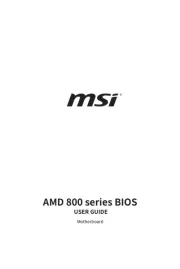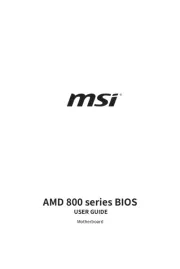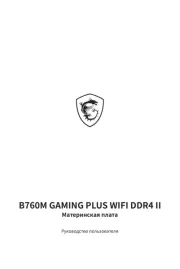Gigabyte GA-F2A68HM-H Manual
Læs gratis den danske manual til Gigabyte GA-F2A68HM-H (36 sider) i kategorien Bundkort. Denne vejledning er vurderet som hjælpsom af 15 personer og har en gennemsnitlig bedømmelse på 4.8 stjerner ud af 8 anmeldelser.
Har du et spørgsmål om Gigabyte GA-F2A68HM-H, eller vil du spørge andre brugere om produktet?

Produkt Specifikationer
| Mærke: | Gigabyte |
| Kategori: | Bundkort |
| Model: | GA-F2A68HM-H |
| Bredde: | 226 mm |
| Dybde: | 174 mm |
| Antal HDMI-porte: | 1 |
| HDCP: | Ja |
| Ethernet LAN-porte (RJ-45): | 1 |
| Antal USB 2.0-porte: | 4 |
| Antal USB 3.2 Gen 1 (3.1 Gen 1) type-A-porte: | 2 |
| Udgange til hovedtelefoner: | 1 |
| Ethernet LAN: | Ja |
| Lyd-output kanaler: | 7.1 kanaler |
| Strømkilde type: | ATX |
| Maksimal intern hukommelse: | 64 GB |
| Mikrofonindgang: | Ja |
| Processorproducent: | AMD |
| Drivere inkluderet: | Ja |
| Antal VGA-porte (D-sub): | 1 |
| Ethernet-grænsefladetype: | Fast Ethernet, Gigabit Ethernet |
| Prøvesoftware: | Norton Internet Security |
| Komponent til: | PC |
| Antal PS/2-porte: | 1 |
| Processor sokkel: | Socket FM2+ |
| Understøttelse af parallel behandlingsteknologi: | Ikke understøttet |
| Kompatibel processor serie: | AMD A |
| Bundkort chipset familie: | AMD |
| Bundkort chipsæt: | AMD A68H |
| Lydchip: | Realtek ALC887 |
| Understøttede hukommelsestyper: | DDR3-SDRAM |
| Antal hukommelsesstik: | 2 |
| Hukommelses slots type: | DIMM |
| Understøttede hukommelsesclock-hastigheder: | 1333,1600,1866,2133,2400 Mhz |
| Antal SATA III-stik: | 4 |
| Hukommelseskanaler: | To-kanals |
| USB 2.0-stik: | 2 |
| S/PDIF-udgangsstik: | Ja |
| ATX strømstrik (24 stikben): | Ja |
| Indbrudsttik til kabinet: | Ja |
| Antal kabinetventilatorstik: | 2 |
| Lydstik på frontpanel: | Ja |
| Motherboard form faktor: | micro ATX |
| Understøttede lagerdrev brugerflader: | SATA III |
| BIOS-type: | UEFI AMI |
| BIOS-hukommelsesstørrelse: | 64 Mbit |
| ACPI-version: | 5.0 |
| Nulstil CMOS-jumper: | Ja |
| RAID-niveauer: | 0, 1,10, JBOD |
| PCI-slots: | 1 |
| PCI Ekspres x1 (Gen 3.x) slots: | 1 |
| PCI Ekspres x16 (Gen 3.x) slots: | 1 |
| Maksimalt antal SMP-processorer: | 1 |
| Diskret grafik support: | Ja |
Har du brug for hjælp?
Hvis du har brug for hjælp til Gigabyte GA-F2A68HM-H stil et spørgsmål nedenfor, og andre brugere vil svare dig
Bundkort Gigabyte Manualer



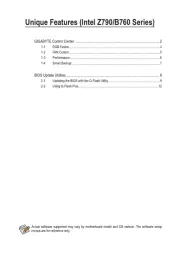

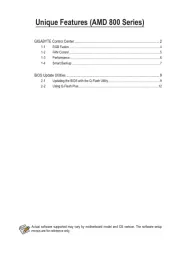




Bundkort Manualer
- Raspberry Pi
- Sharkoon
- Asrock
- Foxconn
- Evga
- MSI
- EPoX
- Supermicro
- ECS
- Asus
- Sapphire
- Zotac
- NZXT
- Elitegroup
- AOpen
Nyeste Bundkort Manualer






